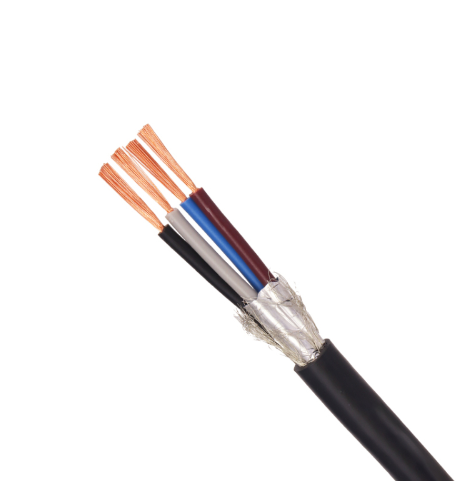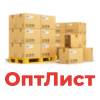By cloudtopcable | 20 December 2023 | 0 Comments
The Future of Copper Cabling in a Digital World
Copper cabling has been around for over a century, serving as the backbone of communication networks globally. As technology advances, the demand for faster and more efficient data transmission is on the rise, but what role will copper cabling play in the digital age? This long blog post will explore the emerging trends in copper cable technology, the role of copper cables in the evolution of smart cities, adapting copper cabling for advanced IoT applications, the impact of 5G technology on copper cable demand, and forecasting the future demand for copper cables in various industries.

Emerging Trends in Copper Cable Technology
While Wi-Fi and fiber optic technologies have driven the advancements of the communication market, copper cable technology has been developing at the same time. The emergence of copper cables with higher bandwidth and lower latency has contributed to the growth of copper cabling demand. Manufacturers are developing copper cable products with higher density and greater capacity to meet future transmission speed needs. Shielding technology is also evolving to enhance electromagnetic interference resistance, electromagnetic conduction, and flame retardant properties.
The Role of Copper Cables in the Evolution of Smart Cities
Smart cities are cities that use technology to enhance the quality of life for their citizens and to improve their environmental sustainability. In smart city infrastructure, copper cables have a critical role in building automation systems, lighting control systems, security systems, and transportation control systems. The high bandwidth and low latency of copper cables allow for the transmission of real-time data required for efficient control and management of urban infrastructure.
Adapting Copper Cabling for Advanced IoT Applications
The Internet of Things (IoT) is a rapidly growing industry, and copper cabling is playing a crucial role in providing connectivity for IoT components. Copper cables are being developed to support power over Ethernet (PoE) and are now available in Category 6A and Category 8 configurations. These new connectors improve both power and data transmission over long distances while reducing energy consumption, which is essential in low-power IoT applications.
The Impact of 5G Technology on Copper Cable Demand
5G technology, the next generation of mobile networks, is starting to roll out globally, and copper cables have a critical role in 5G infrastructure. While fiber optic technology is seen as the preferred solution for many 5G applications, copper cables will play a crucial role in 5G small cells that require high-speed communication to achieve their maximum potential. Besides, copper cables are essential for backhaul applications to transport data to the network core.
Forecasting the Future Demand for Copper Cables in Various Industries
As technology continues to evolve, copper cabling remains an essential component that will play a significant role in the communication infrastructure. Copper-providing fast, reliable, and cost-effective connectivity, will be with us for years to come. Therefore, it is anticipated that copper cables will continue to be in demand despite growing competition from fiber optic technology. The automotive, aerospace, and marine industries will see an increase in demand for copper cabling as there is a growing emphasis on automation and electrification.
The future of copper cabling in the digital age is bright. With the introduction of emerging technologies, copper cabling will continue to play a critical role in building resilient and efficient infrastructure. Copper cables are still delivering high-quality, high-speed, and reliable data transmission, and they will continue to do so in the future. While fiber optic technology provides many advantages over copper cabling, copper remains a cost-effective solution that will remain relevant in various industries. So, investing in the development of copper technology is a beneficial strategy for the future growth of the communication market.
Network Cables: Essential Tools for Today's Connected World
Enhancing Network Performance with Copper Cables
Leave a Reply
Your email address will not be published.Required fields are marked. *
POPULAR BLOG
- HYA 50×2×0.4 Communication Cable: Reliable Solution for Guangzhou Surveillance Systems
- Why Does Your EV Stop Charging Suddenly? Let’s Troubleshoot!
- Yuedao Intelligent Empowers Guangzhou Metro to Set World Record for Fastest Subway Speed
- Become Our Local Partner - Expand Your Market with High-Quality Cables & Wires
CATEGORIES
